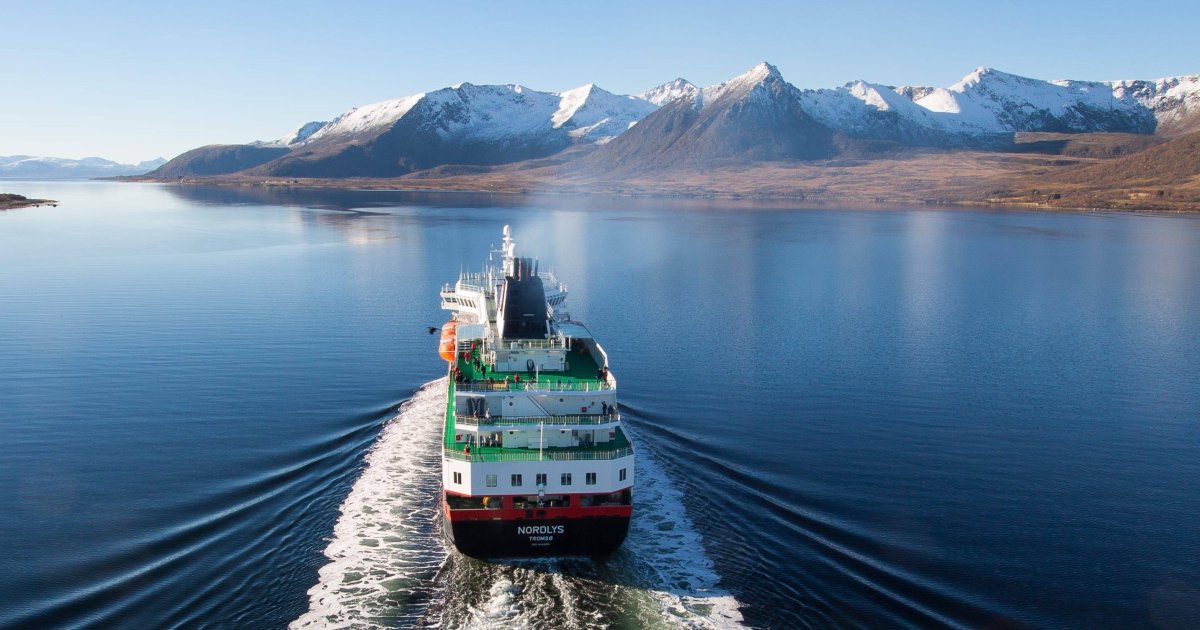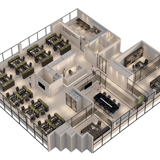The cruise line will thus use A.I. to collect data that learns the most efficient docking and undocking methods for each port, improving in-port operations in bad or challenging weather.
Furthermore, the three retractable, autonomous wing rigs will comprise 1500m² of solar panels and a total wind surface of 750m², reaching a maximum height of 50m (164 ft) when fully extended.
Additional technologies include air lubrication, advanced hull coating, and proactive hull cleaning. Guests will also play a key role in minimizing energy consumption through an interactive mobile app, where they can operate ultra-modern cabin ventilation, as well as measure their own water and energy consumption.
Sea Zero has now entered a two-year phase in which the proposed technologies will be tried, tested, and developed further in pursuit of the final zero-emission ship. The current research and development phase focuses on battery production, propulsion technology, hull design, and sustainable practices that reduce energy use to an absolute minimum.
The ship is modeled at 135 meters (443 feet) long, with 270 cabins that hold 500 guests and 99 crew. It will also have a significant cargo hold and transport cars.
(source:safety4sea)















